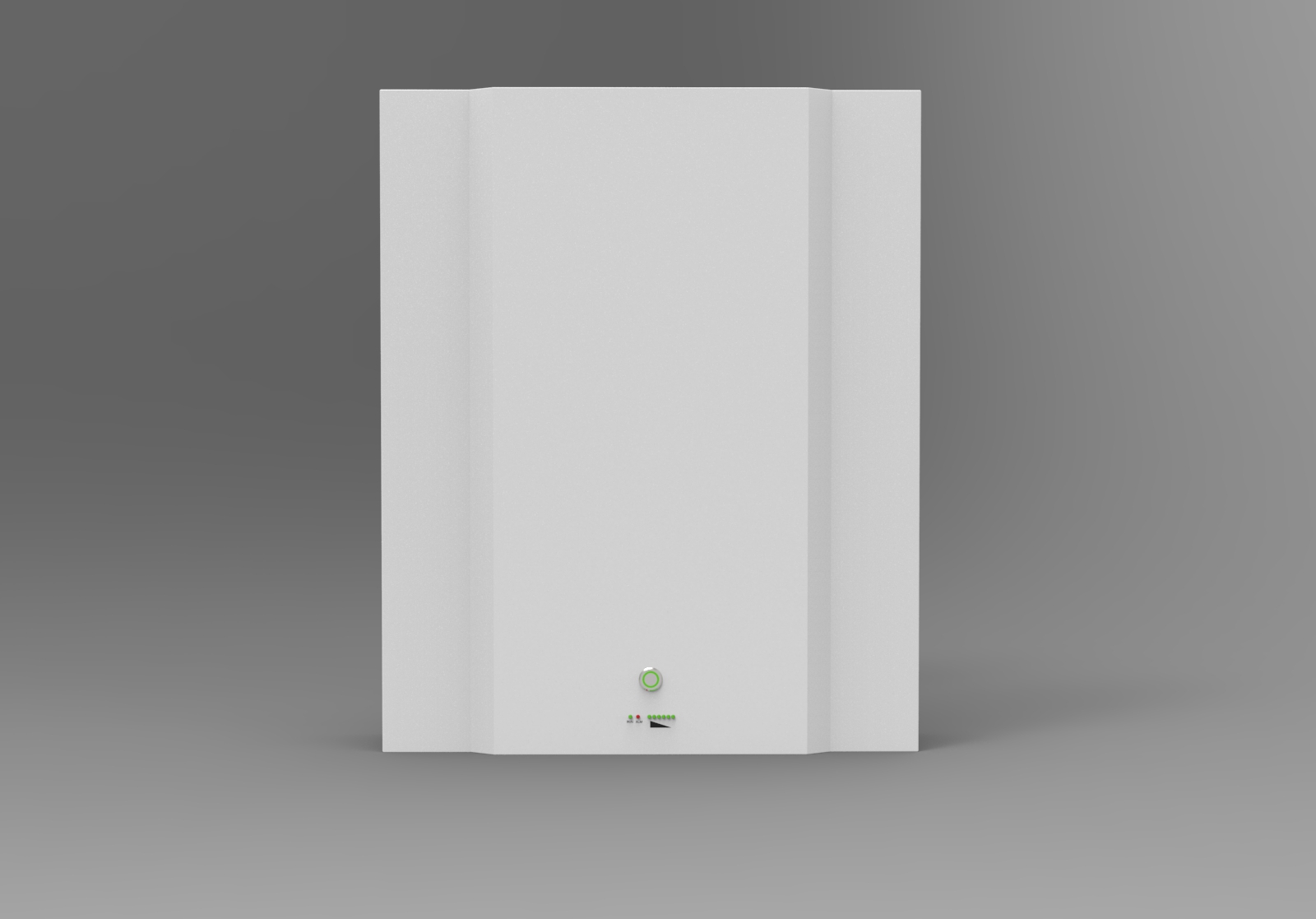How To Build Your Own Lifepo4 Battery Heater - Ultimate Guide
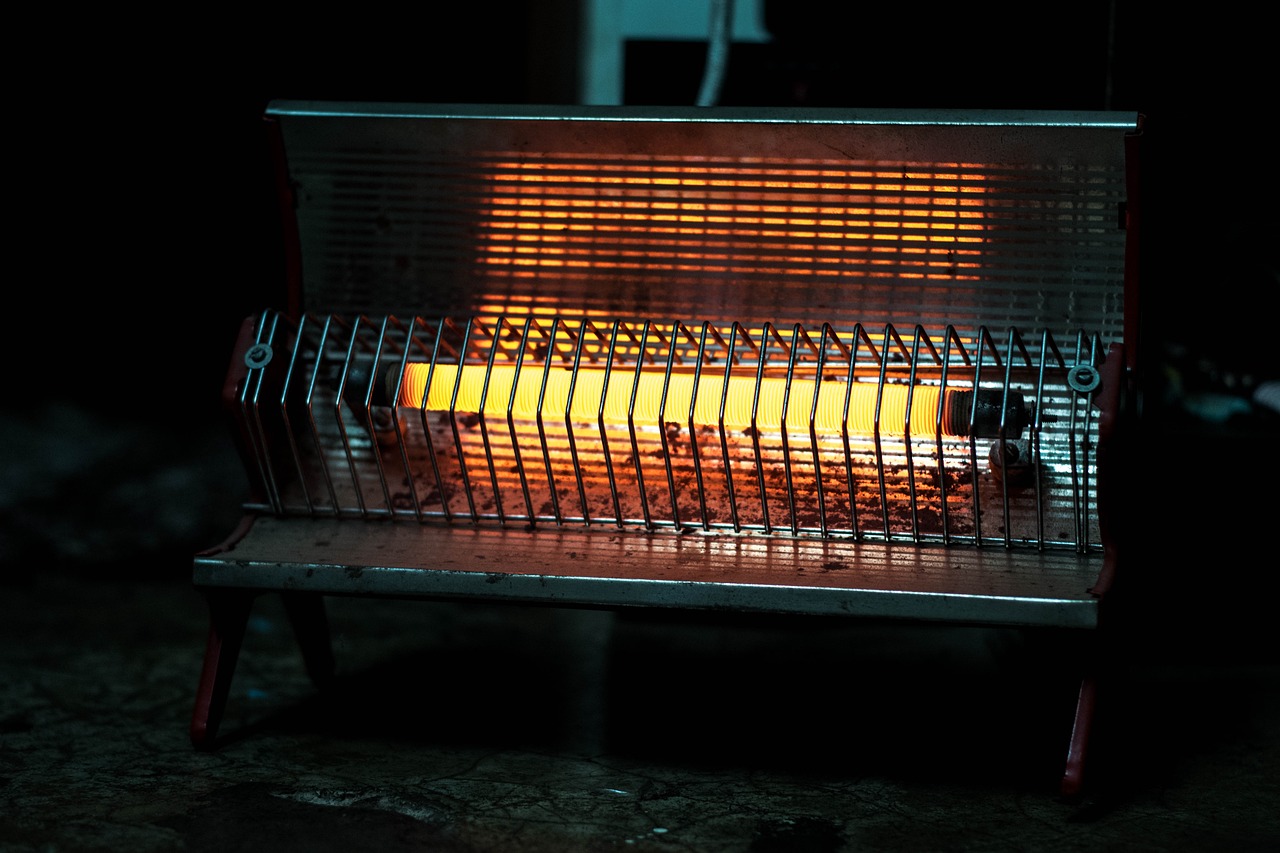
Are you looking to build your own Lifepo4 battery heater? Look no further! This ultimate guide will provide a comprehensive overview of the entire process, from gathering materials and tools to assembling and troubleshooting. With my guidance, you can quickly master this skill and have complete control over your project - giving you a sense of satisfaction that only comes with building something yourself.
In this article, we’ll cover all aspects of building a high-quality lifepo4 battery heater. We'll discuss the different types of components needed for assembly, how to safely work with electric wiring, and tips on troubleshooting any issues that may arise during the construction process. You'll also learn about important safety regulations to keep in mind when working around electricity. By the time you finish reading this guide, you’ll be well-prepared to take on any challenge related to building your own Lifepo4 battery heaters!
Ready to start constructing your very own lifepo4 battery heater? Then let's dive into this ultimate guide to the best resource available for mastering this essential skill!
Overview Of Lifepo4 Battery Heaters
LiFePO4 battery heaters are an essential part of many energy systems. This ultimate guide will provide you with all the information you need to build your own LiFePO4 battery heater, from understanding its components and safety features to choosing the right type for your needs.
Let’s start by taking a look at what makes up a LiFePO4 battery heater and how it can be used safely. A typical LiFePO4 battery heater consists of heating elements that are powered by either electricity or gas as well as insulation material like glass wool or ceramic fiber sheets which helps retain heat effectively. Additionally, some models may include fans and temperature sensors to help regulate airflow and prevent overheating. When building a LiFePO4 battery heater, it's important to assess these components carefully so that it meets safety requirements before use.
When it comes to types of LiFePO4 battery heaters, there is no one-size-fits-all solution; instead, each situation requires careful selection depending on the application and environment in which it will operate. For example, if you're using a large number of batteries then you'll want a larger model with multiple heating elements for greater efficiency; conversely, smaller projects may only require one or two heating elements for less intensive applications such as charging small electronic devices.
Furthermore, some models offer additional features such as variable wattage control or adjustable thermostatic settings these options should also be taken into consideration when deciding upon the best model for your needs.

No matter what type of LiFePO4 battery heater you choose to build, always ensure that proper safety precautions are taken during installation and operation - this includes checking power cables regularly for signs of wear and tear or damage as well as wearing protective clothing whenever handling hot surfaces or liquids near open flames. Taking care when building your lifepo4 battery heater will not just increase its performance but also ensure optimal safety while operating it over long periods of time!
Components Needed
Building your own lifepo4 battery heater is a great way to gain control over the temperature of your batteries. The components you need are a thermoelectric generator, temperature controller, resistors, connectors, and wiring harness.
The thermoelectric generator is what will generate heat when electricity passes through it. You'll also need a temperature controller that can be set to whatever temperature you want within the range of 0-100°C or 32-212°F. Resistors are needed for adjusting voltage levels and protecting equipment from high currents. Connectors help connect the wires safely without worrying about any loose connections while wiring harnesses keep all the cables neatly organized together.
Assembling these pieces requires some technical expertise but with patience and an eye for detail, you should have no problem putting them together into a functioning lifepo4 battery heater. Ensuring everything is securely connected before turning on power will save you time in troubleshooting later down the road as well as prevent any potential hazards due to improper assembly. Once all that's done, simply plug it in and enjoy having full control over your battery temperatures!
Safety Precautions
It's essential to practice safety when dealing with any sort of electrical equipment, and lifepo4 battery heaters are no exception. Before beginning the build process, make sure you have all the necessary safety precautions in place. This includes wearing protective gear such as gloves, goggles and a lab coat; having fire extinguishers ready if needed; and making sure your work area is well-ventilated.
When it comes to operating the finished heater, be sure to keep an eye on it at all times. Use thermal protection devices for added security against overcharging or overheating batteries. Make sure not to leave the battery unattended while charging check in periodically to monitor its status. Also, pay attention to voltage levels throughout each cycle this will help prevent overcharging from occurring.
Finally, become familiar with any manufacturer instructions that come with the parts you use for your project so you know how best to handle them safely. With proper preparation beforehand and attentiveness during operation, your lifepo4 battery heater can provide years of reliable performance without incident!
Step-By-Step Instructions
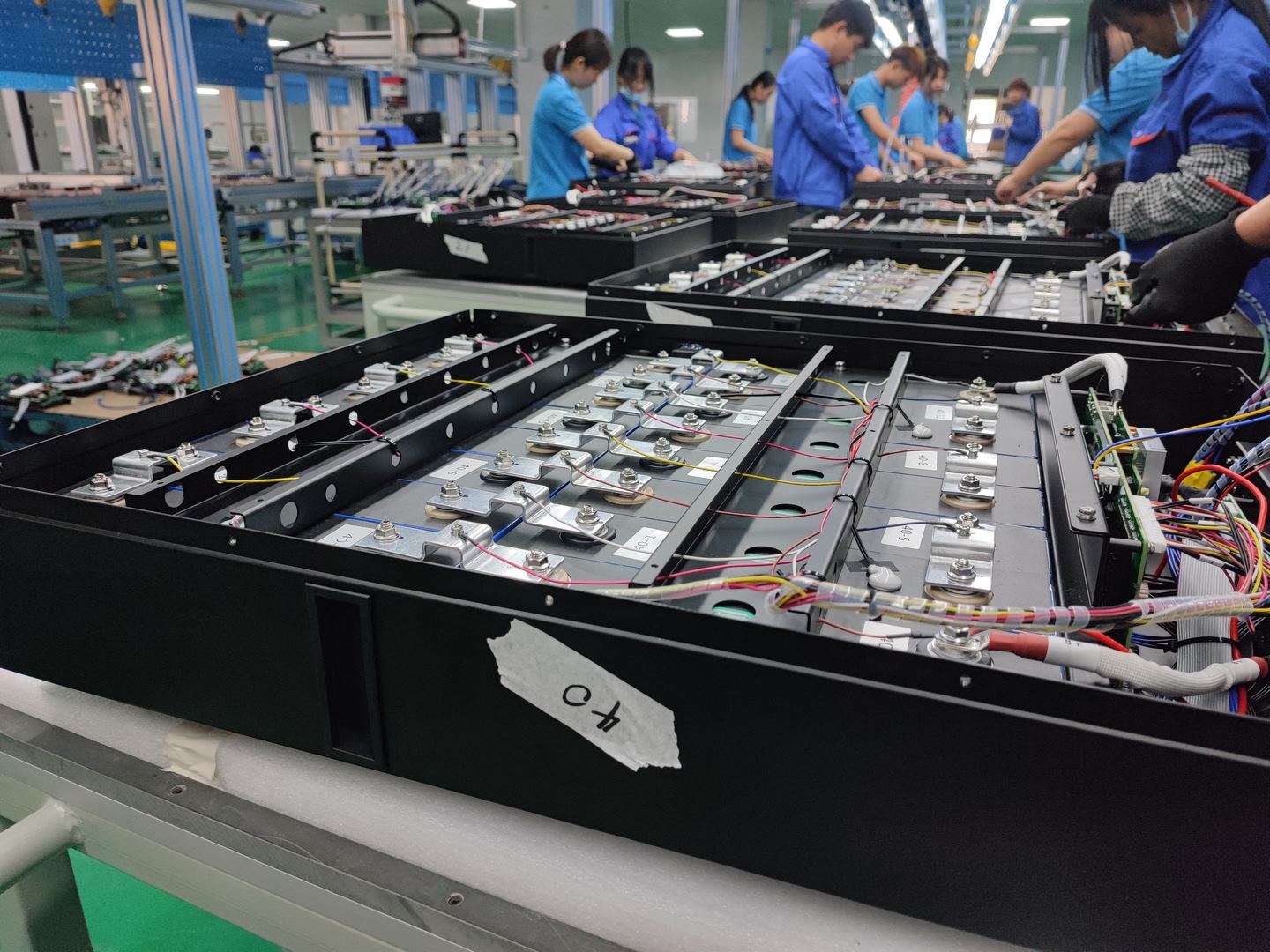
Building your own Lifepo4 battery heater is easier than you think! With the right tools and a bit of know-how, anyone can create their very own lifepo4 battery heater. Here's an ultimate guide to doing it step-by-step:
First, you need to get your hands on all the necessary components for installation. This includes wiring, solder, heat shrink tubing, connectors, screws and nuts - anything that will help secure or connect parts together. Once all these parts are ready, the next step is assembling.
- Assemble the main unit according to the manufacturer's instructions
- Connect wires and terminals with a soldering iron
- Secure connections with heat shrink tubing and connectors
- Attach other hardware like screws and nuts
Next comes wiring as this is where things start to come together. Follow our detailed wiring guide carefully so everything runs smoothly when connecting each component in its place. After this phase is complete, double-check if every connection works correctly before powering up the system.
Now that all steps have been completed successfully it’s time to install the finished product! Get creative here by adding accessories such as external switches or thermostats whatever suits your needs best. Finally, enjoy a warm ride powered by your very own custom-made lifepo4 battery heater!
Diy Wiring Diagrams
When constructing a lifepo4 battery heater, wiring diagrams are essential to ensure the correct electrical connections. With proper installation instructions and wiring schematics, you can confidently build a reliable heating system. Deciphering complex electrical designs is no easy feat - that's why we've created detailed connection guides for each component of your project.
From power sources to thermostats, these diagrams will help make sure all aspects of the design are connected properly. To get started, take an inventory of the components needed for your specific setup and create an organized list so you know what needs connecting where. Utilize our step-by-step instructions for setting up a successful circuit and refer back to them as needed throughout the build process.
At this point in time, the wiring should be complete according to the provided diagrams; however, double-checking everything won't hurt! Inspect every joint and terminal carefully before turning on the power supply just to be safe. With DIY wiring diagrams guiding your way, it's possible to assemble a quality lifepo4 battery heater with confidence and ease. So don't hesitate to begin planning out yours today!
Considerations For Different Types Of Batteries
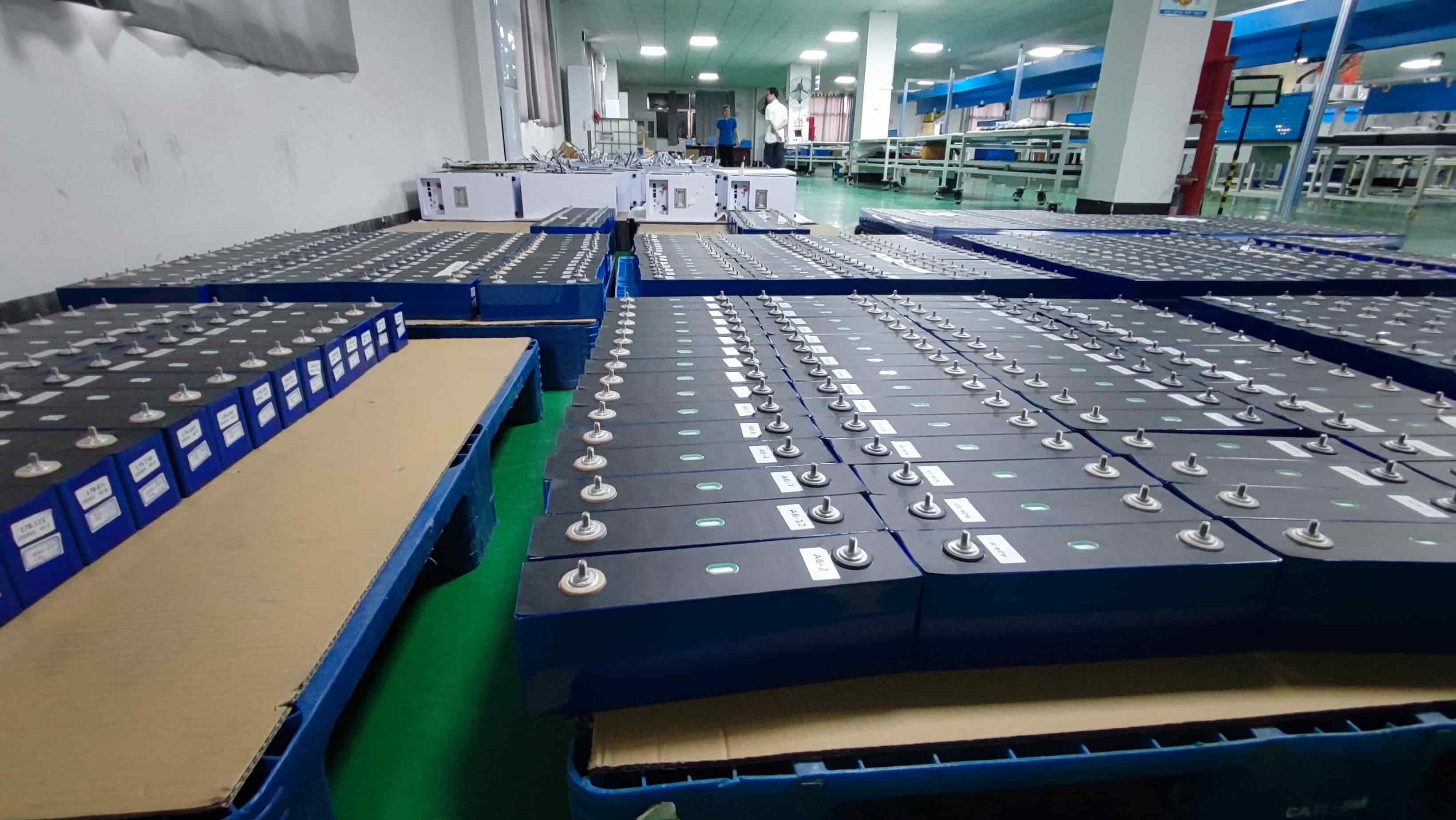
When wiring up a DIY lifepo4 battery heater, it is important to consider the type of battery used. Different batteries have different chemistry considerations that must be taken into account when building your own heater. The voltage requirements for each battery type need to be considered and matched with the correct heating elements to ensure safe operation. Additionally, temperature ranges should also factor in since too much heat can damage some types of batteries while others may require higher temperatures in order to charge efficiently.
When selecting a battery type, it’s important to consider its charging requirements as well. Some batteries are designed specifically for high-temperature applications while others cannot handle extreme conditions at all. It is important to research the manufacturer's specifications before choosing which type of battery will work best for your application. This way you can avoid any potential issues down the line due to incorrect selection or installation procedures.
The last thing you want is for your DIY lifepo4 battery heater project to fail due to improper consideration of the various aspects involved. To make sure everything runs smoothly, take the time necessary to study the appropriate information regarding different types of batteries and their specific needs in terms of power management and temperature control. Ensuring this knowledge beforehand will guarantee success for your next DIY project!
Testing And Adjustments
Once you've got your lifepo4 battery heater built, tested and ready to go, it's time to start calibrating the settings. Start by adjusting temperatures so that they are within the recommended range for optimal performance. You can easily do this by measuring the heat output of each component and comparing them against one another or checking with a thermometer for accuracy. Once everything is set up correctly, begin testing its performance in different scenarios to ensure proper heat regulation. Make sure all connections are secure before carrying out any tests.
When testing begins, be sure to validate results every few hours to make sure there aren't any unexpected changes in temperature or power output. If something isn't right, take steps immediately to adjust accordingly. This might include replacing components or some other form of maintenance that needs to be done on the system as a whole. Don’t forget to document your findings during these tests too - having accurate records will help you troubleshoot more efficiently if needed in the future!
The key takeaway here is that while building your own lifepo4 battery heater may seem daunting at first, following best practices when setting up and testing will give you greater control over how well it performs in real-world situations giving you peace of mind knowing that it's safe and reliable no matter what comes it's way!
Alternative Heating Options
When it comes to creating a lifepo4 battery heater, there are several alternative heating options available. At the risk of oversimplifying things, all these methods boil down to three main categories: solar-powered heaters, induction heaters and waste oil heaters. Let's take a closer look at each option in turn so you can decide which one is best for your project.
| Heater | Pros | Cons |
|---|---|---|
| Solar Powered | Low energy costs; no emissions; renewable source of power | Poor performance on cloudy days; limited output depending on the size of the system |
| Induction Heaters | High efficiency; easy installation and maintenance; low noise levels | Expensive upfront cost; must be installed near electricity source or have access to an inverter/converter if running off batteries/solar panels |
| Waste Oil Heaters | Relatively inexpensive fuel costs (used motor oils); relatively simple design with few parts that need replacing over time | Requires frequent cleaning due to buildup of carbon deposits from burning used motor oil; potentially hazardous fumes produced during the combustion process may require ventilation systems to be installed |
Solar-powered heaters are often seen as the most environmentally friendly choice since they use nothing but the sun’s rays to generate warmth. However, their effectiveness is greatly reduced when the weather turns cloudy or rainy. If this is not a concern for you then these could be great options for your project.
Induction heaters utilize electrical current passing through coils embedded within special materials such as plastic or metal plates in order to induce the movement of electrons and thus produce heat. These types of systems tend to be more efficient than traditional convection or resistance-type heating systems and also produce very little noise compared to other forms of heating. The downside is that they come with a larger upfront cost and require either having access to an electricity source nearby or an inverter/converter connected to batteries/solar panels in order for them to operate properly.
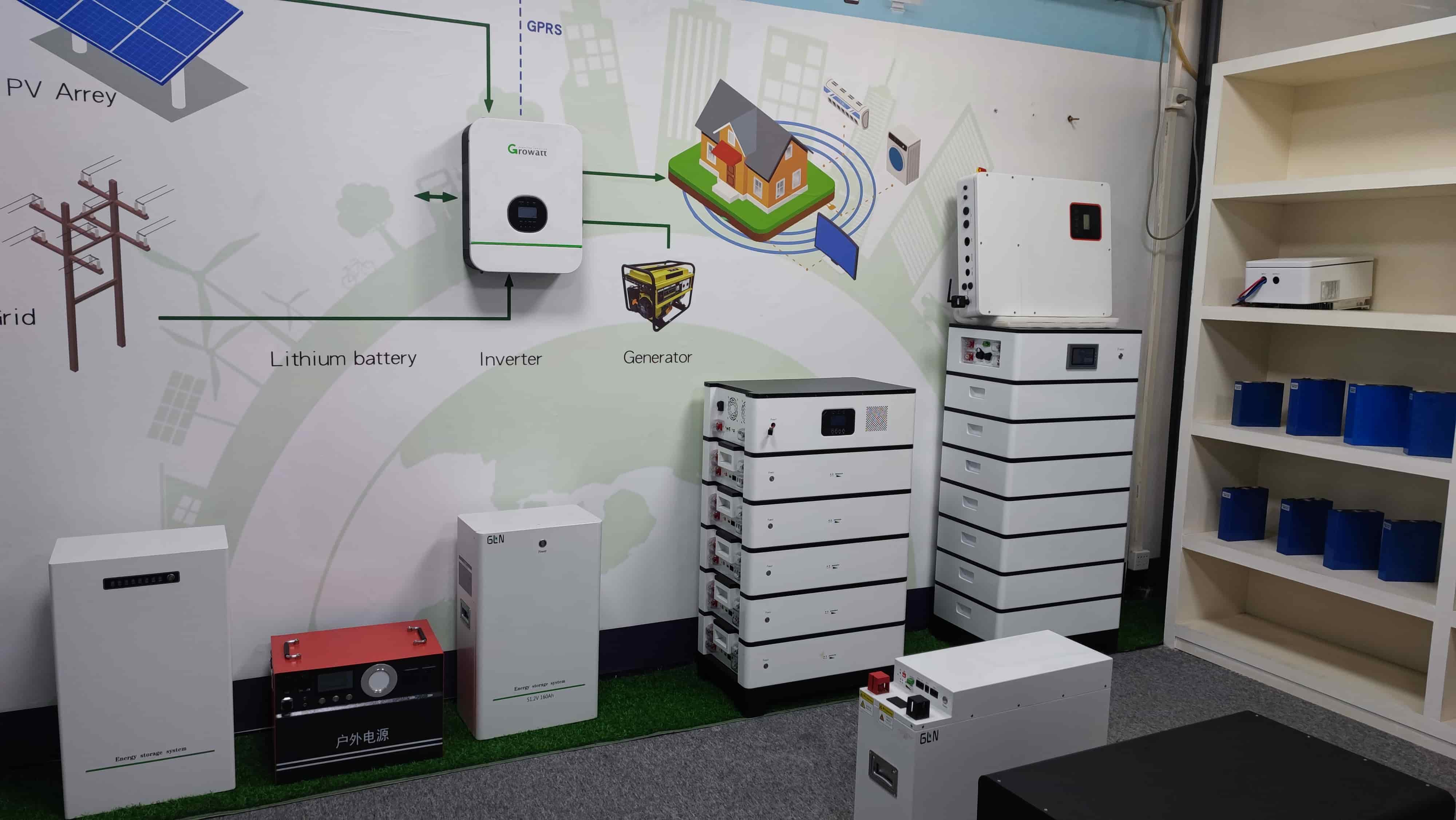
Waste oil heaters provide another effective yet more affordable solution as they typically run on recycled motor oil instead of expensive fuels like propane or natural gas. Although they do offer some advantages in terms of simplicity and low operating costs, they also come with certain drawbacks such as the potential build-up of harmful carbon deposits inside the unit which requires regular cleaning as well as possible dangers posed by combustible fumes released during operation that might necessitate additional ventilation measures being taken into account before installation can begin.
In summary, when building your own lifepo4 battery heater there are numerous alternatives out there ranging from solar-powered-heaters, induction heaters, waste-oil-heaters, geothermal heaters and infrared heaters - each offering its own set of pros and cons which should be carefully weighed against one another before making any decisions about what kind will work best for your particular needs.
Choosing The Right Materials
Choosing the right materials for building your own lifepo4 battery heater is key to a successful build. The main element you'll need is, of course, lifepo4 material. It's important to get quality material that can handle the output and heat requirements of the battery heater you're constructing. Additionally, you'll need other components like heating elements and insulation materials to ensure maximum efficiency and longevity.

When choosing heating elements, it's best to look at wattage ratings and make sure they will meet or exceed what your intended use requires. Make sure these are rated for high-heat applications, as some cheaper models may not be designed to withstand extreme temperatures which could lead to failure or worse yet, fire danger! As far as insulation goes, there are several options available including fiberglass wool, mineral wool blanket and rock wool paneling. All have their advantages so do your research before settling on one type over another.
Ultimately, selecting top-notch materials for your project is essential if you want reliable operation from your lifepo4 battery heater. Don't skimp out here - only buy quality components that can stand up to whatever conditions you plan on using them in. Taking this approach will save time and effort during installation as well as allow for peace of mind knowing that everything has been assembled properly with safety in mind.
Controlling Heat Loss And Gain
Controlling heat loss and gain from a lifepo4 battery heater is like paddling upstream: it requires effort, but the reward of temperature control makes it worth your while. Once you have chosen the right materials for your project, controlling heat loss and gain becomes essential to achieving the desired thermal insulation in your heater.
To prevent excessive heat loss or gain, use good quality heat insulation around the outside walls of the heater enclosure and between different parts inside. This prevents air currents from carrying away too much warmth during cooler times and also helps keep out the excess cold when temperatures drop.
Temperature control can be improved further by using additional items like door seals, foam gaskets, vent covers, etc., which help reduce drafts that could cause changes in temperature inside the heater enclosure.
Furthermore, adding another layer of thermal insulation on top of the existing layers will improve heating efficiency even more. As an example, aluminum foil or bubble wrap are great choices that provide extra protection against both ambient air movement as well as radiant energy transfer. When combined with other forms of heat insulation such as mineral wool or glass fiber batts, these materials really make a difference in reducing potential sources of heat loss/gain within a lifepo4 battery heater system.
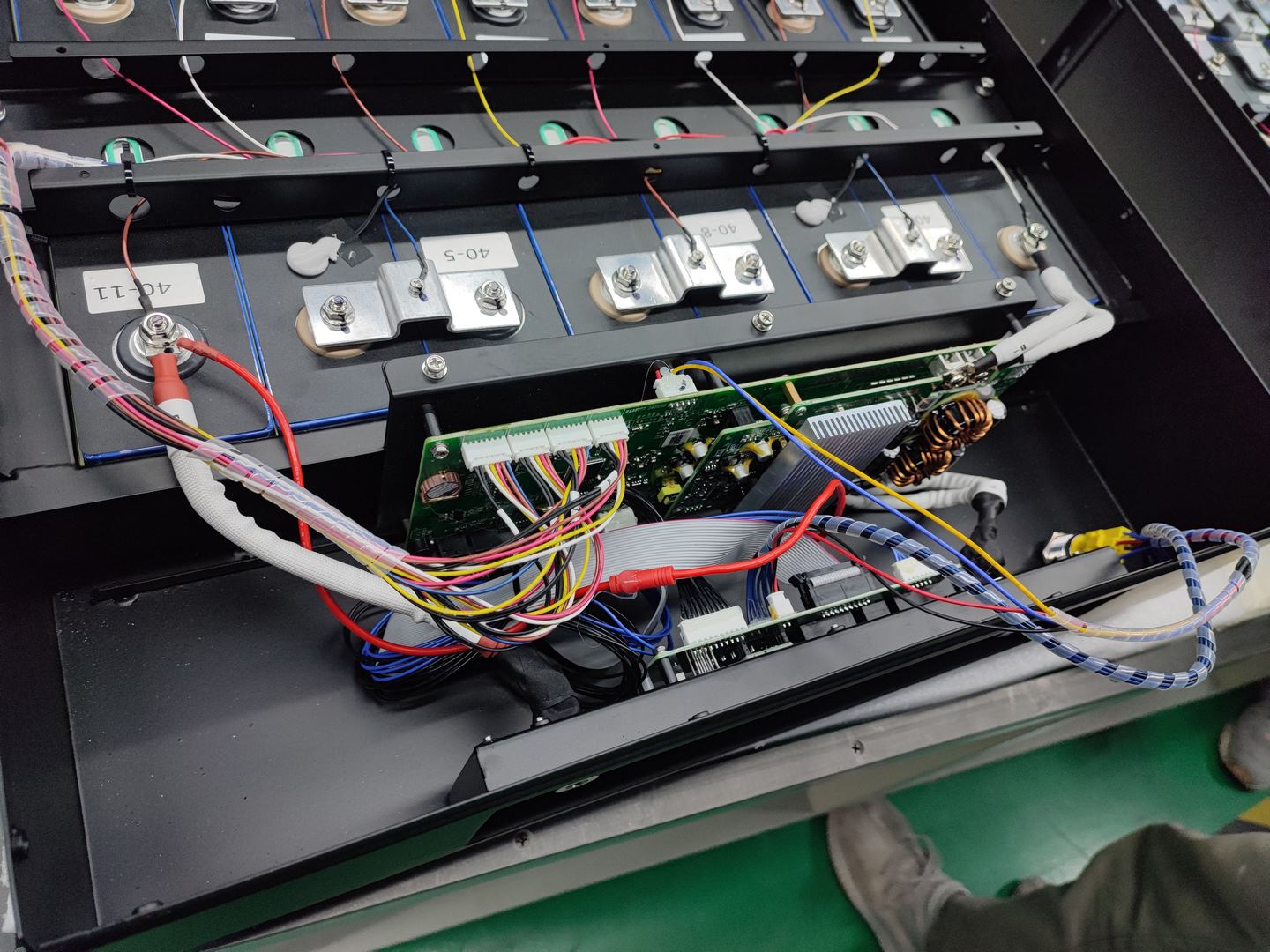
Finally, investing in a reliable BMS (Battery management system) for monitoring and regulating temperatures within the battery heater’s environment is crucial for ensuring optimal performance over time - not only does this enable better maintenance practices but also improves safety standards significantly.
Purchasing a digital thermometer with adjustable settings allows users to monitor their heater's internal temperature accurately and adjust accordingly if necessary; similarly acquiring thermostats and relays allow automated controls to manage fluctuating temperatures automatically under various conditions so that they remain steady all year round regardless of outdoor weather patterns.
By taking all these steps into consideration when constructing a lifepo4 battery heater system, one can maximize its effectiveness while minimizing any potential risks posed by careless design choices thus making sure that each component functions at peak efficiency throughout its lifetime!
Maintenance And Upkeep
Maintaining and keeping up your lifepo4 battery heater is key to its longevity. As with any appliance, regular maintenance will keep it running efficiently for years. Proper maintenance includes inspecting the wiring, checking connections, testing heat regulation, and replacing parts when necessary. It's important not to overlook the storage requirements of a lifepo4 battery heater; they need space to breathe so that their performance isn't compromised by dust or other environmental conditions.
When it comes time to perform repairs on your own DIY Lifepo4 Battery Heater, there are several things you should be aware of before diving in.
First and foremost, always follow manufacturer instructions when performing repair work—this will help ensure a safe working environment and prevent further damage down the road.

Additionally, if you're going to replace parts yourself (rather than calling an electrician), make sure you purchase quality replacements from reputable sources—cheap materials may cause problems later on! The costs associated with upkeep can vary depending on what needs fixing, but taking good care of your lifepo4 battery heater now means fewer issues (and lower bills) down the line.
Overall, proper maintenance and upkeep of your lifepo4 battery heater require vigilance and attention to detail. Taking proactive steps towards caring for your device now will save you money in the long run while helping preserve its lifespan for many years ahead.
Troubleshooting Tips
If you're a new lifepo4 battery heater builder, learning the troubleshooting techniques can be daunting. But with some practice and understanding of the common issues that arise, you'll soon become an expert at fixing your own heaters. In this section, we'll go over the basics to help you debug any problems or malfunctions that might occur while building or using your lifepo4 battery heater.
- First, let's look at how to identify potential lifepo4 battery issues:
- Check if there is proper insulation covering all exposed wires.
- Make sure no loose connections leading up to the power source.
- Examine any signs of fraying on electrical components like cables or terminals.
- Next, inspect the heater itself for any malfunctioning parts:
- Test all switches and buttons making sure they respond correctly when pressed.
- Inspect each component (e.g., fan motors, heating elements) for wear and tear damage and replace as needed.
- Ensure that heat regulation settings are correct according to the manufacturer’s instructions.
Finally, familiarize yourself with debugging strategies specific to your lifepo4 battery heater model: research online forums for helpful tips from fellow builders; read through user manuals; consult experts in person or via social media platforms specializing in DIY projects whatever works best for you! Taking these steps will give you a better chance of successfully resolving any existing or future problems with your heater project.
Cost Comparison Of Different Heater Options
When it comes to selecting the right heater for a lifepo4 battery, the cost is an important consideration. Below we’ll compare the costs of alternative heating options.
| Heater Option | Cost | Pros & Cons |
|---|---|---|
| DIY Heating | Low | Easy set-up and use; low risk of heat loss/gain |
| Pre-Made Kit | Medium | Easier to install than a DIY setup; increased risk of heat loss/gain due to lack of customization |
| Professional Installation | High | Increased control over heat output; greater protection against heat loss/gain but requires professional help which may be costly |
Overall, whether you choose to build your own or buy a pre-made kit, being aware of the potential risks associated with each option will help you make an informed decision about what's best for your budget and needs. In addition to these costs, also consider any maintenance fees that might come up in order to ensure optimal performance from your lifepo4 battery heater. Ultimately, picking an appropriate heating solution depends on many factors such as budget, desired temperature range and the safety precautions necessary. With all this information in mind, you can now confidently choose the best heater for your project!
Advantages Of Using A Lifepo4 Battery Heater
The idea that sustainable energy is the future of our planet is no longer a debatable subject. With LiFePO4 battery heaters, we can begin to transition away from traditional heating sources and onto more eco-friendly sources. As an experienced lifepo4 battery manufacturer, we understand the advantages these devices bring to households; they are long-lasting, environmentally friendly, low maintenance, cost-effective and space-saving.
Firstly, LiFePO4 battery heaters boast superior longevity compared to their conventional counterparts. This means reduced costs for homeowners due to fewer repairs or replacements over time. Additionally, LiFePO4 batteries are designed with an especially robust build quality so you're guaranteed a durable product that will last many years in your home without any issues.

Furthermore, by using a LiFePO4 battery heater instead of a gas or electric one, you’re doing your bit for environmental conservation as well! These devices are powered by lithium ion cells which produce zero carbon emissions when used—unlike electric ones which rely on nonrenewable resources like coal and natural gas to generate electricity. So if you want to reduce your household's carbon footprint while still staying warm during winter months, then look no further than these efficient powerhouses!
Finally, these innovative items are also incredibly easy to operate and maintain - all it takes is charging up the device once every few weeks depending upon usage levels! They don't require complicated installation procedures either since most models come preassembled with plug & play functionality included in their design.
Plus there won’t be any need for costly upgrades because LiFePo4 batteries provide consistent performance year after year without deteriorating quickly as some other types of heating systems do. All this makes them the perfect choice for anyone looking for both convenience and efficiency in the same package!
Disadvantages Of Using A Lifepo4 Battery Heater
The advantages of using a lifepo4 battery heater were listed in the previous section. However, there are also some potential drawbacks that should be considered before deciding to build one for yourself. Firstly, while LiFePO4 batteries last longer than other battery types, running them at higher temperatures reduces their overall life expectancy.
Secondly, the heat output from a homemade LiFePO4 battery heater may not reach optimal levels due to power limitations and inefficient design. Thirdly, if the system is not designed correctly it could potentially overheat and damage components or even cause a fire hazard. Lastly, while building your own LiFePO4 battery heater might seem like an economical solution, the cost of materials must be taken into account as well as any environmental impact associated with manufacturing these items.

When weighing up the pros and cons of using a lifepo4 battery heater it's important to consider all factors carefully. An experienced builder will know how to overcome many of these issues by ensuring they choose quality parts and adhere to safety protocols during installation and operation. Ultimately, constructing your own li-ion heated pad offers many benefits but only when done properly with attention paid to detail.
Conclusion
For every battery user in the colder regions, building your own heating unit is a great way to save money while still getting the performance and reliability you need. Not only can you customize it to your individual needs, but it also costs far less to maintain than other options. Plus, if something goes wrong, troubleshooting tips and wiring diagrams help simplify repairs.
Though there are some disadvantages of using a LiFePO4 battery heater - like higher upfront costs compared to traditional heaters - these should not outweigh the advantages for serious DIYers looking for reliable heating solutions. With proper safety precautions taken during construction, as well as regular cleaning and maintenance after installation, LiFePO4 battery heaters provide a cost-efficient and dependable source of energy for years to come!
So if you're ready to take on this project yourself, remember what you've learned here today: do your research beforehand, follow all instructions carefully, use appropriate materials and tools when assembling the parts together then sit back and enjoy the warmth provided by your very own custom LiFePO4 battery heater!
